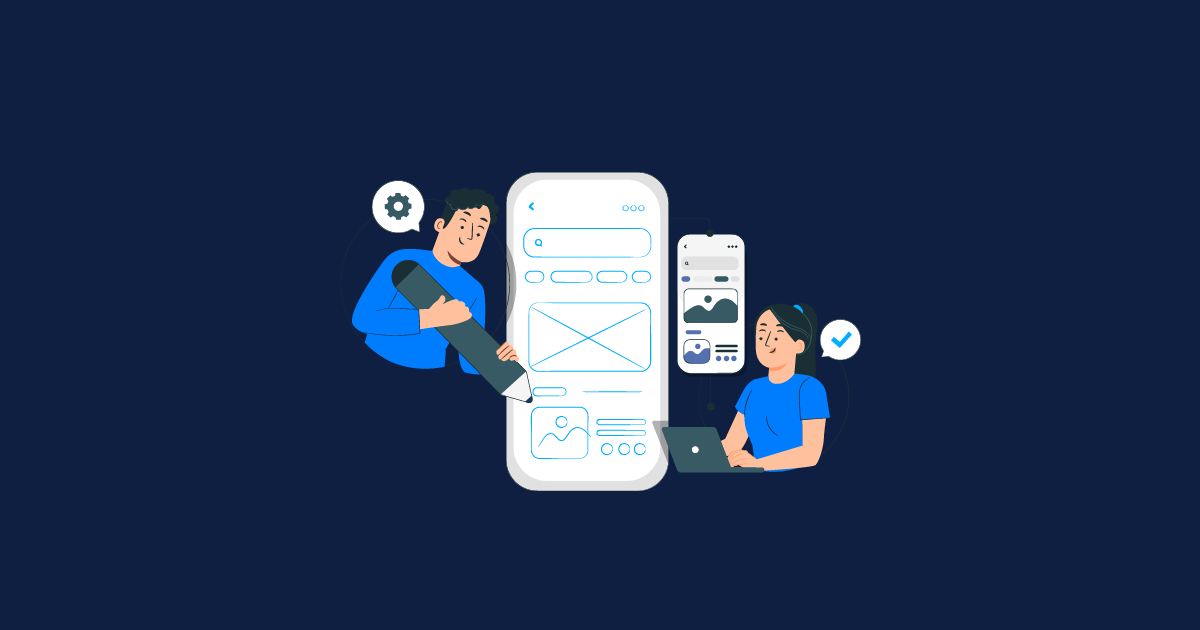Explore the fundamentals of cross-browser testing with our beginner's guide. Learn how to ensure your website performs seamlessly across different browsers, enhancing user experience and accessibility.
In today’s competitive digital world building just a website and expecting it to perform flawlessly across all browsers and devices is insufficient. To ensure an excellent user experience, it is imperative to conduct thorough testing across a diverse array of browsers and devices. This is where the significance of cross-browser testing becomes apparent.
What is Cross-Browser Testing?
Cross-browser testing is the process of evaluating how well a website or web application performs across various web browsers and devices in terms of compatibility. The goal is to ensure that your website looks and functions consistently regardless of the browser or device used to access it. This involves testing various elements such as layout, functionality, performance, and responsiveness.
Getting Started with Cross-Browser Testing
Identify Target Browsers and Devices:
Begin by identifying the most commonly used browsers and devices among your target audience. Popular options include Google Chrome, Mozilla Firefox, Safari, Microsoft Edge, and Opera. Additionally, consider testing on different operating systems (Windows, macOS, iOS, Android) and screen sizes (desktop, tablet, mobile).
Choose Testing Methods:
There are various methods for conducting cross-browser testing, such as:
Manual Cross-Browser Testing:
Manually open your website on different browsers to identify issues. This method is straightforward but time-consuming.
Automated Cross-Browser Testing:
Utilize automated testing tools like Selenium, TestComplete, or BrowserStack to streamline the testing process and identify compatibility issues efficiently.
Cloud-Based Testing:
Platforms like BrowserStack, Sauce Labs, and CrossBrowser Testing offer cloud-based testing environments where you can test your website across a wide range of browsers and devices without the need for local installations.
Test Key Elements:
Focus on testing key elements of your website such as:
Layout and Design:
Check for layout discrepancies, font rendering, and alignment issues.
Functionality:
Test interactive elements such as forms, buttons, navigation menus, and media players to ensure they work as intended.
Performance:
Assess page load times and responsiveness across different browsers and devices.
Responsive Design:
Verify that your website adapts smoothly to various screen sizes and orientations, employing responsive design principles.
Debug and Fix Issues:
Once you've identified compatibility issues, prioritize them based on severity and impact on user experience. Use browser developer tools to inspect and debug issues related to HTML, CSS, JavaScript, and other web technologies. Implement fixes and retest until the website functions seamlessly across all target browsers and devices.
Continuously Monitor and Update:
Web technologies evolve rapidly, and new browser versions are released regularly. It's essential to periodically revisit your cross-browser testing strategy to accommodate these changes. Stay informed about browser updates and emerging trends in web development to ensure ongoing compatibility and optimal user experience.
When is the Ideal Time to Conduct Cross-Browser Testing for Optimal Results?
The ideal time to perform cross-browser testing is during the development and quality assurance phases of a website or web application. It's best to incorporate cross-browser testing into your development workflow from the early stages to identify compatibility issues as soon as possible. By conducting testing alongside development, you can address any issues promptly and ensure that the final product is compatible with a wide range of browsers and devices. Additionally, regular regression testing should be carried out after updates or changes to the website to maintain compatibility over time.
Who Performs Cross-Browser Testing?
Cross-browser testing isn't just limited to developers and QA teams anymore. With the advent of interactive cross-browser testing tools, the scope has expanded to include a broader range of professionals involved in web design and development.
For instance, marketers and web designers can leverage these tools to test landing pages and fresh designs, ensuring their cross-browser rendering and responsiveness meet expectations. It's no longer necessary to delve into coding intricacies; these tools provide intuitive interfaces that anyone can navigate.
Traditionally, the testing responsibilities fell on the shoulders of the development and QA teams. Developers would verify design elements and UI features across different browsers, while QA teams would rigorously test functionality and compatibility. Any discrepancies discovered would be logged as defects, to be rectified by the development team.
In essence, cross-browser testing has become a collaborative effort involving a diverse range of professionals, each contributing their expertise to ensure that websites deliver a seamless experience across different browsers and devices.



